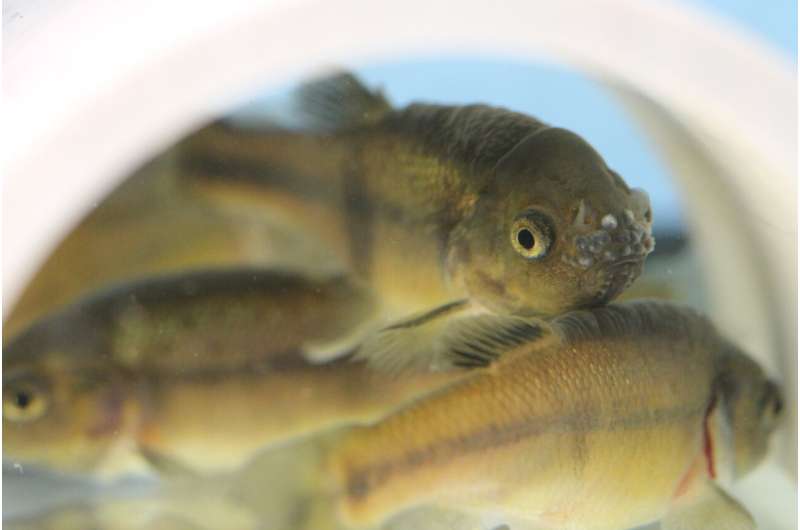This article has been reviewed according to Science X's editorial process and policies. Editors have highlighted the following attributes while ensuring the content's credibility:
fact-checked
peer-reviewed publication
proofread
PFAS, PFAS everywhere: How pristine are laboratory materials?

How do you study the effects of exposure to per- and polyfluoroalkyl substances (PFAS), when it is in everything? To study the effect of a chemical, toxicologists typically expose animals to various doses of the chemical over a period of time so that they could then study the dose versus effect relationship.
Such toxicology studies often employee several types of "blanks" for quality control. Blanks are experiments where the test animals are not given any dose of the chemical being studied (sort of like a placebo in human drug testing). Also, researchers often examine the amount of the substance under study in the blanks to also include it in the evaluation of the dose versus effect relationship.
For example, if the study is in water, they may get water from a pristine site to use in the test and not add any chemical dose to it, but they would still analyze the water in order to detect any trace amounts of the study substance. Researchers would also analyze feed for the same reason.
One research group sought to examine how the presence of PFAS in test animal feed, test materials, and the animal subjects themselves may thwart the toxicology studies of the effect of PFAS and could lead to inaccurate results.
Matt Simcik and co-authors sampled minnows raised in aquaculture facilities (used for toxicity testing), as well as different types of fish food: flakes, freeze-dried brine shrimp, freeze-dried blood worms and frozen brine shrimp, for PFAS. Both fish and fish feed were found to be contain PFAS at varying levels. The study documents the differences between food type, brand, and aquaculture practices, but ultimately recommends that any all feed and organisms should be tested for PFAS contamination prior to conducting basic or translational experiments.
The research is published in Environmental Toxicology and Chemistry.
More information: Rosie Rushing et al, Occurrence of Per- and Pollyfluoroalkyl Substance Contamination of Food Sources and Aquaculture Organisms Used in Aquatic Laboratory Experiments, Environmental Toxicology and Chemistry (2023). DOI: 10.1992/etc.5624. setac.onlinelibrary.wiley.com/doi/10.1002/etc.5624
Journal information: Environmental Toxicology and Chemistry
Provided by Society of Environmental Toxicology and Chemistry





















